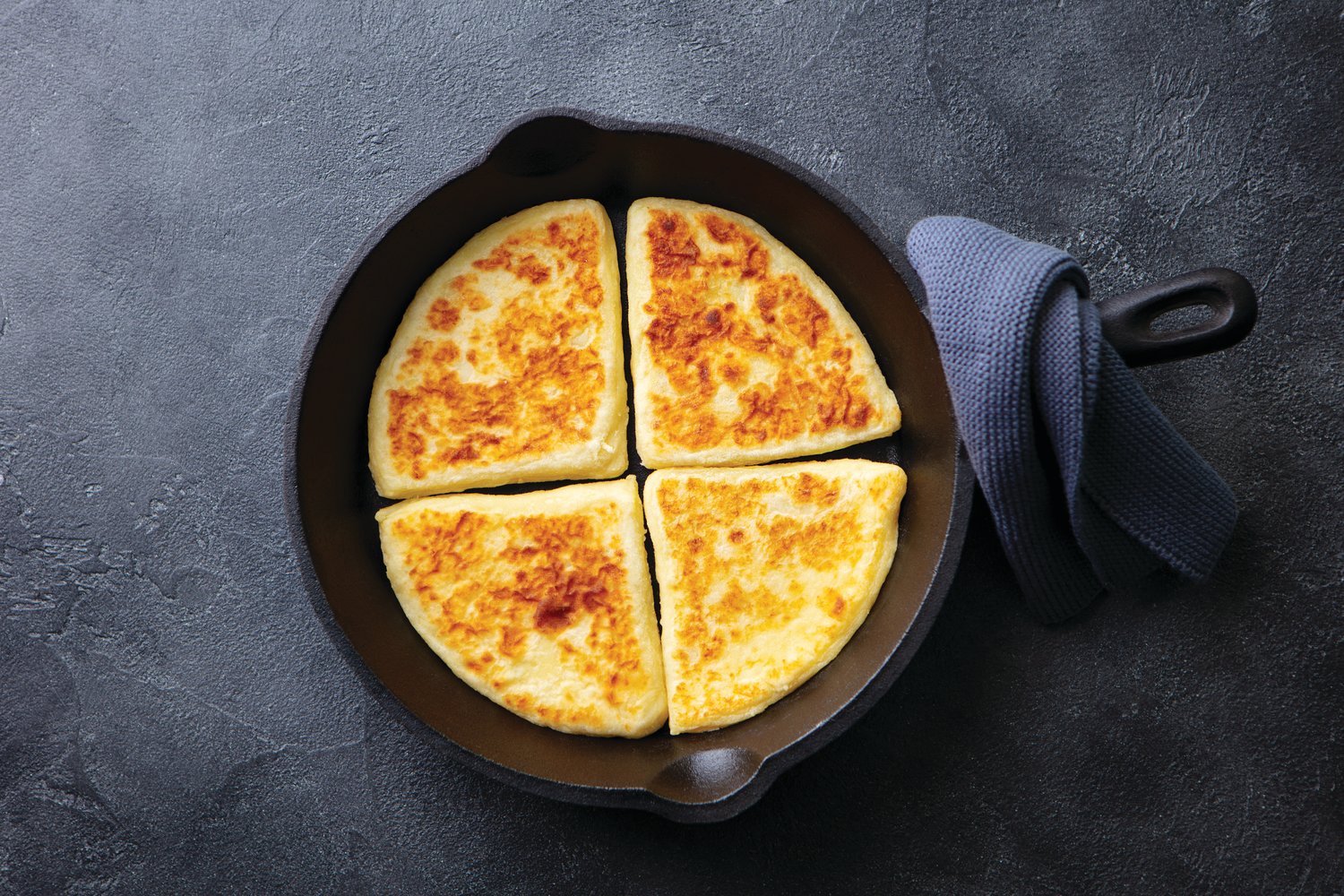It’s Sunday morning, 7 a.m., the kitchen’s quiet except for the faint hum of frog song from the meadow.
I’m counting out level teaspoons of Irish breakfast tea; it’s …
This item is available in full to subscribers.
We have recently launched a new and improved website. To continue reading, you will need to either log into your subscriber account, or purchase a new subscription.
If you had an active account on our previous website, then you have an account here. Simply reset your password to regain access to your account.
If you did not have an account on our previous website, but are a current print subscriber, click here to set up your website account.
Otherwise, click here to view your options for subscribing.
* Having trouble? Call our circulation department at 360-385-2900, or email our support.
Please log in to continue |
|

It’s Sunday morning, 7 a.m., the kitchen’s quiet except for the faint hum of frog song from the meadow.
I’m counting out level teaspoons of Irish breakfast tea; it’s robust and a favorite with milk. Soon, I peel a russet potato to boil, and fry four pieces of Applegate fatty bacon snipped into thin strips.
As soon as the bacon’s crisp, I strain the bits and save the drippings for the potato scones I’m testing in honor of St. Patrick’s Day.
Irish potato scones transport me to a farmhouse kitchen, a wooden table and a pot of tae. They’re related to Irish Soda Bread. The acid in the buttermilk reacts with baking soda as a leaven. You can tell a buttermilk scone, as opposed to a cream by the big open crumb. Traditionally potato scones are called farls. Farls are triangular shaped scones and they’re often cooked in bacon fat on a griddle. That image inspired the bacon drippings in my recipe.
Opening the kitchen door, birdsong now joins the frogs, while the smell of bacon wafts outside. I cross the garden to snip parsley that’s still green. Squatting down to herb level allows me to notice the chickweed and nettles poking their heads up.
Now, while my tea is still hot, I look over the recipe.
A scone must have the proper ratios of liquids to solids. Bakery scones are often crumbly and dry. They should be moist, with an open light interior.
I mastered scones years ago with help from a Marion Cunningham recipe in “Baking with Julia.” I made them frequently to the delight of my family, especially with strawberry jam. Later I adapted them to a gluten-free version which you can find on the Food Coop’s blog. It’s an article all about strawberries and scones.
I love to bake, yet for the past three years, I’ve challenged myself to diversify my ingredients. I call my alternative approach Nouveau Baking, and it works for new recipes and old favorites.
Use ingredients unrelated to the grass family, not because they’re bad, but to open the playing field.
Create recipes without processed starches like corn, potato, tapioca or arrowroot.
Eliminate or reduce processed sugars.
Must be absolutely delicious.
Buckwheat groats, amaranth seeds, quinoa, red lentils, chickpeas, adzuki beans, black beans, sunflower seeds, pumpkin seeds, walnuts, pecans, cashews, coconut, flaxseed, and psyllium seed husk powder.
Cakes, cookies, quick breads, pizza, muffins, sourdough loaves, crackers, buns, scones — and most people would never guess what they’re made from.
The key to Nouveau Baking is using a high-powered mixer, like a Vitamix, to grind the dry ingredients into flour. I can easily make my own flours in seconds.
We don’t need white flour, processed starches, or added sugar to make delicious baked goods.
The essential ingredient is an open mind. It’s our greatest challenge — to step outside our comfort zones and give new foods a try. You never know when it’ll come in handy to approach life from a different angle.
Makes a 7-inch round, cut into eight farls
1/3 cup pre-washed raw quinoa
1/3 cup raw chickpeas
2 tablespoons flaxseed
OR replace the above with 11/3 cups
all-purpose flour
2 teaspoons baking powder
1/2 tsp sea salt
1/4 tsp baking soda
1/4 tsp ground black pepper
2 tablespoons onion flakes
1/4 cup bacon drippings from four slices of fatty bacon. Use olive oil to make up the ¼ cup if needed.
2 tablespoons apple cider vinegar
1/3 cup sour cream or yogurt
1/3 cup whole milk
1/2 cup mashed potatoes from a medium sized peeled russet potato
Crumbled bacon from four slices about 1/4 cup
1 tbsp minced parsley
Preheat the oven to 425°F. Line a baking sheet with parchment paper.
Using a high-powered blender or Vitamix, grind all dry ingredients into a flour and sift into a mixing bowl.
Peel a medium russet potato cut into chunks and boil until soft.
With scissors, thinly slice 4 pieces of fatty bacon and fry over a medium heat until crisp. Remove the bacon and measure the lard, using 1/4 cup for the scones.
Whisk the wet ingredients together thoroughly mashing the potato. Combine the wet ingredients into the dry and add the bacon and parsley until a wet batter forms.
Gently pat the batter, with damp hands, into a 7-inch circle and score with a knife into eight even pieces.
Bake for 15 minutes. Cool slightly before eating.
Note: For a vegetarian alternative, replace the bacon drippings with olive oil and leave out the bacon.
(Sidonie Maroon is the culinary educator at the Food Co-op, abluebotkitchen.com. Find more of Sidonie’s recipes at www.foodcoop.coop/blog/potato)